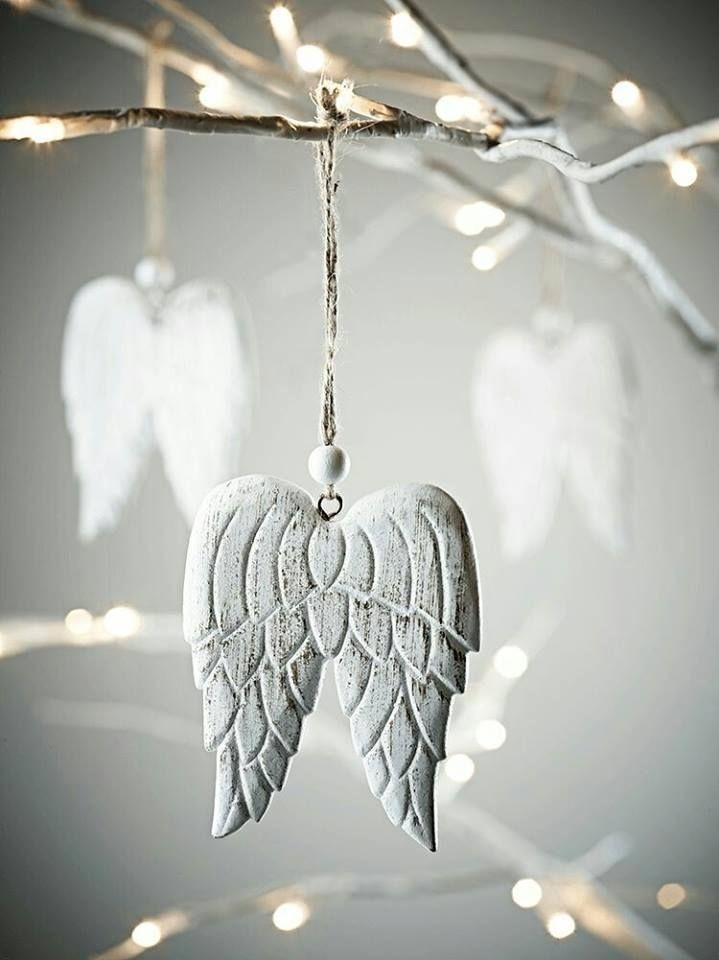African Art as Ethnographic Therapy: A Symbolic Path to Healing
- Koöko Fleurs
- Sep 19
- 2 min read

For over seven years, I have immersed myself in the study of African art and ethnography, exploring the cultural expressions and spiritual traditions of diverse tribes across the continent. This journey has revealed the profound therapeutic potential embedded in African art—not merely as aesthetic or performative, but as a symbolic language that speaks directly to the soul.
African art is a vessel of ancestral wisdom, ritual healing, and emotional resonance. Whether through sculpture, painting, textiles, dance, or music, each form carries encoded meaning—what I call embodied data. This data is not sterile or digital; it is sensory, spiritual, and deeply human. It includes everything we absorb: the food we eat, the air we breathe, the rhythms we hear, the textures we touch, the stories we inherit. These impressions shape our emotional landscape and cognitive patterns, forming a living archive within us.
In cognitive behavioral therapy, this symbolic transmission becomes a powerful tool. African art invites individuals to externalize inner states, reconnect with cultural memory, and transform emotional patterns through ritual and creative expression. Tribal art, in particular, offers a therapeutic bridge—helping people navigate psychological challenges while anchoring them in identity, belonging, and spiritual continuity.
When we engage with African art in a therapeutic context, we are not simply observing beauty—we are decoding messages. A Fang mask may carry the wisdom of protection and transformation. A Dogon sculpture may hold the geometry of cosmic balance. A Yoruba textile may weave together stories of fertility, grief, and renewal. These are not passive objects; they are active transmissions of symbolic data, received by the brain and interpreted by the soul.
This process bypasses the analytical mind and speaks directly to our intuitive intelligence. Healing begins not in logic, but in the poetic decoding of experience. In this way, African art becomes a form of spiritual data therapy—a practice that honors both the cognitive and mystical dimensions of healing. It reminds us that every moment of life is a data point, and when curated with intention, these points form a map back to wholeness.
Across Africa, hundreds of ethnic groups—each with its own language, cosmology, and artistic lineage—contribute to this healing tapestry. From the rhythmic dances of the Masai to the sacred masks of the Fang, from the ancestral sculptures of the Dogon to the textile rituals of the Yoruba, these traditions embody a deep understanding of symbolic guardianship, nature-based meditation, and emotional restoration.
We focus on the following tribes, whose practices illuminate the intersection of art, spirit, and healing:
Kota | Lega | Dogon | Fang | Yoruba | Igbo | Ife | Mende | Senufo | Masai | Chokwe | Kuba | Kongo | Ewe | Ibibio | Bassa | Bamoun | Zande | Duma | Punu | Yaka | Mangbetu | Mbaka | Salampasu | Luba | Luluwa | Hungwe | Mumuye | Wasukuma
Each of these communities holds a unique key to understanding how art can be used not only to express, but to transform. Whether you are seeking to explore your tribal roots, engage in symbolic self-expression, or discover new pathways to emotional healing, African art therapy offers a sacred space for reconnection—with yourself, your ancestors, and the invisible threads that bind us all.











Comments